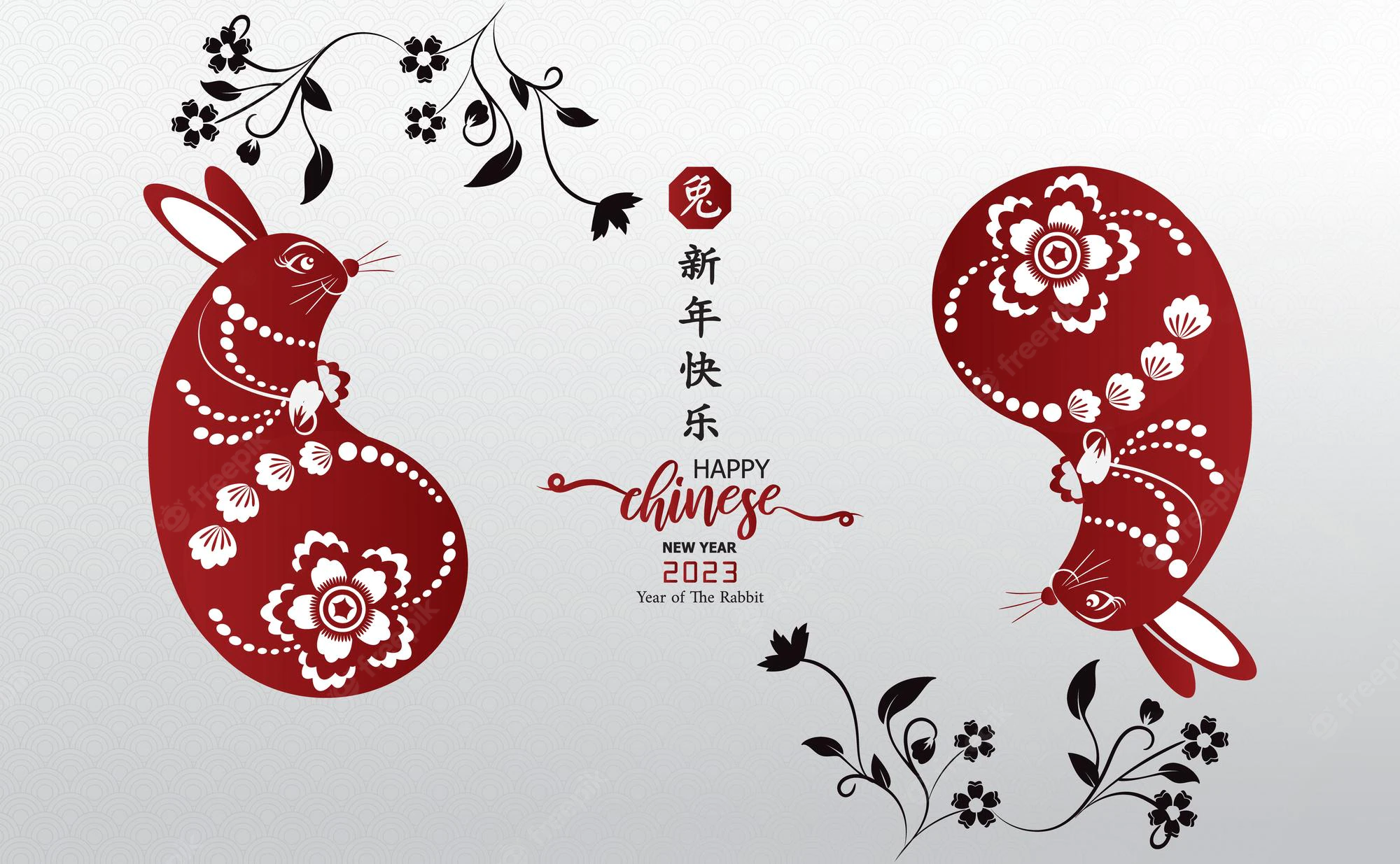Picture yourself as a keen-eyed observer, noticing the subtle variations in expressions like “here” or “there,” your interest piqued by the dual forms of 这里/这儿(zhè lǐ/zhèr) and 那里/那儿(nà lǐ/nàr). This is a phenomenon found in Mandarin and other dialects, including Beijing Hua, known as 儿化词(érhuà cí), and it’s just the beginning of discovering the phonetic nuances of Chinese.
But what exactly is 儿化(érhuà)? Why do certain words undergo this transformation? And when should you use it yourself? Relax, we’re going to walk you through the various uses of the suffix 儿(ér) and peel back the curtain to explore some of the cultural nuances that come with it.
What are ErhuaWhy do we use ErhuaWhen do we use ErhuaHow to learn Erhua
What are Erhua?
儿化词 (érhuà cí) is a phonetic phenomenon that occurs in Mandarin Chinese and certain dialects, such as Beijing Hua. It involves adding the suffix 儿(ér) to a word, combining it with the preceding syllable. This creates a new word known as a 儿化词(érhuà cí). For instance, 花儿 is pronounced /huār/, not /huā’ér/.
Why do we use Erhua?
We use 儿化(ér huà) in situations where its presence or absence can affect the meaning or usage of a word. Let’s explore some examples:
1. Meaning change
眼(yǎn) eyes – 眼儿(yǎnr) small hole头(tóu) head – 头儿(tóur) leader信(xìn) letter – 信儿(xìnr) information天(tiān) day – 天儿(tiānr) weather托(tuō) hold in hand – 托儿(tuōr) shill
2. Different part of speech
尖(jiān) as an adjective – 尖儿(jiānr) as a noun
这支笔很尖。(Zhè zhī bǐ hěn jiān.) This pen is very sharp.
你看,这支笔的尖儿坏了。(Nǐ kàn, zhè zhī bǐ de jiānr huàile.) Look, the tip of this pen is broken.
错(cuò) as an adjective – 错儿(cuòr) as a noun
我的作业有很多错题。(Wǒ de zuòyè yǒu hěnduō cuò tí.) My homework has many incorrect answers.
对不起,这是我的错儿。(Duìbùqǐ, zhè shì wǒ de cuòr.) I’m sorry, it’s my fault.
画(huà) as a verb – 画儿(huàr) as a noun
你能画一幅画儿吗?(Nǐ néng huà yī fú huàr ma?) Can you draw a picture?
盖(gài) as a verb – 盖儿(gàir) as a noun
请盖上那个大的锅盖儿。(Qǐng gài shàng nàgè dà de guō gàir.) Please cover that big pot lid.
乐(lè) as an adjective – 乐儿(lèr) as a noun
快乐 (kuàilè) Happiness
喜剧演员喜欢逗乐儿。(xǐjù yǎnyuán xǐhuān dòu lèr.) Comedians enjoy entertaining and bringing laughter.
3. Affection expression
a) Expressing smallness, lightness, thinness, weakness, or lesser degree:
小孩儿(xiǎo hair) kid牙签儿(yá qiānr) toothpick皮筋儿(pí jīnr) rubber band一会儿(yí huìr) a moment/for a while一下儿(yí xiàr) after verb to express times/a short time一块儿(yí kuàir) together一点儿(yì diǎnr) a little玩玩儿(wán wanr) play使劲儿(shǐ jìnr) try hard打盹儿(dǎ dǔnr) nap
b) Expressing feelings of love or endearment:
花儿(huār) flower鸟儿(niǎor) bird画儿(huàr) painting好玩儿(hǎo wǎnr) funny
In Chinese culture, people use 儿(ér) to express endearment or cuteness when referring to words related to children.
For example:
宝贝儿 (bǎobèir) baby or young children小孩儿 (xiǎo hair) children女孩儿 (nǚ hair) girl男孩儿 (nán hair) boy
Additionally, it is common, especially among older Chinese individuals, to show affection by calling someone using one of their given name’s characters + 儿(ér). For instance, if your name is 李小明 (Lǐ Xiǎomíng), they might call you 明儿 (Míngr). Similarly, if your name is 张芳 (Zhāng Fāng), it can be “芳儿” (Fāngr).
c) Expressing attitude with scorn or mockery:
小偷儿(xiǎo tōur) thief撒酒疯儿(sǎ jiǔ fēngr) get drunk and act crazy说瞎话儿(shuō xiā huàr) plain lie
When do we use Erhua?
To be honest, even some native Chinese speakers find it challenging to determine when to use 儿(ér) in words. So, unless you specifically aim to master 儿化词(ér huà cí) or pursue a professional certificate in Mandarin Chinese, you don’t have to worry too much about it. As mentioned earlier, whether a word has 儿(er) or not often does not impact its meaning. During the initial stages of learning Chinese, feel free to omit 儿(er) from most words unless they are in a fixed expression or have altered meanings. For example, words like 一会儿 (yíhuìr, a moment/for a while), 这儿 (zhèr, here), 那儿 (nàr, there), 哪儿 (nǎr, where), and 盖儿 (gàir, lid) are fixed expressions with 儿(er). On the other hand, words like 头儿 (tour, leader/boss) and 托儿 (tour, shill) have completely different meanings due to the presence of 儿(er).
How to learn Erhua?
If you wish to expand your vocabulary and learn more 儿化词(ér huà cí), consider the following options:
1) Textbooks
Regardless of the textbooks you use, they likely contain examples of 儿化词(ér huà cí). These systematically designed resources expose you to them in different contexts. Try creating a summary of the 儿化词(ér huà cí) you encounter in your textbooks and practice using them appropriately.
2) Dictionaries
Use a reliable Chinese dictionary to accelerate your progress. We recommend two apps:
Pleco
Pleco is a popular Chinese-English dictionary with helpful features like flashcards, tests, word card import/export, and OCR. You can search using pinyin, Chinese characters, or English words. If you’re unsure whether to use 儿(er) or not, simply input the word and let the app check for you.
Hanping Lite
Another Chinese-English dictionary with a range of practical and engaging features. Tags make it easier to locate word clusters. For instance, by selecting the “HSK exam” tag, you can access six levels of vocabulary. It is an excellent app to verify 儿化词(ér huà cí), and you can even import your own vocabulary file to personalize your tags.
3) Video sources
If you prefer visual learning, videos are an excellent option. Many professional Chinese teachers, learners, enthusiasts, and native speakers have created short videos explaining why, how, and when to use 儿化词(ér huà cí), making them accessible and engaging for learners. Check out these videos for more information and insights.
https://www.youtube.com/watch?v=4xcZAIGr77shttps://www.youtube.com/watch?v=4frIxff6j8ghttps://www.youtube.com/watch?v=1RWfK6rzlc4https://www.youtube.com/watch?v=k6qZ6wyiEAshttps://www.youtube.com/watch?v=j4rzW7iRcIshttps://www.youtube.com/watch?v=0FIiWmX5-u4https://www.youtube.com/watch?v=SddgBN5Mzewhttps://www.youtube.com/watch?v=R0Ze8WfHPSAhttps://www.youtube.com/watch?v=ljjCphu5Q2chttps://www.youtube.com/watch?v=GyJq5C6_lMY
Remember, 儿化词(ér huà cí) is not merely a linguistic quirk, but a gateway to cultural connection and eventual fluency. As you continue your Mandarin Chinese journey, embrace the opportunity to encounter and use 儿化词(ér huà cí) in your own conversations.
Through textbooks, dictionaries, and the rich resources available online, continue expanding your repertoire of 儿化词(ér huà cí). Exploring regional variations and unique expressions will help you to get in touch with Chinese culture and form more genuine connections with the native speakers you meet.
As you interact with them, listen attentively to their use of 儿化词(ér huà cí) and embrace their guidance. Let the words flow naturally from your lips, gradually incorporating the charm and authenticity that 儿化词(ér huà cí) brings to the language. Embrace the affectionate nuances, the subtle shifts in meaning, and the cultural echoes embedded within each expression.
Keep exploring, keep learning, and let the discovery of new linguistic tidbits guide you on the path to mastery.
The post Mastering the Suffix 儿: A Guide to “Erhua” in Mandarin Chinese appeared first on .



